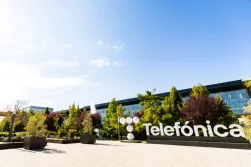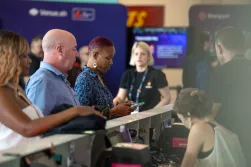A coalition of financial firms across the U.S. is finally ready to instantly beam your cash to friends, family and businesses, according to Bloomberg.
More than 30 U.S. banks and credit unions are unveiling a unified service to customers this week, called Zelle, after years of watching Silicon Valley innovators such as PayPal’s Venmo, Square and Apple build peer-to-peer payment systems. It will supplant a patchwork of products the biggest banks have offered their customers for years. This time, the service is faster and so broad that chances are it already has your money.
Across the nation, about 86 million mobile-banking customers will soon see Zelle logos in the apps managing their accounts, according to a statement from Early Warning Services, a bank-owned risk-management firm that oversees the network. The Zelle symbol looks like a cross between a Z and a dollar sign. On many devices, a button may urge users to “Send money with Zelle.“
Millennials embraced person-to-person payments as an easy way to split dinner fare or pay rent. Starting next week, financial institutions will start to educate customers about other possible uses, including paying a babysitter or buying a table for a group at a charity event, in the hope that the service will cut down on the 1 billion cash and check payments banks process each year, said Lou Anne Alexander, group president of payments at Early Warning.
In the months to come, partnerships with Visa and Mastercard will let virtually anyone with a U.S. debit card use Zelle as well, even if their bank isn’t among the dozens participating in the rollout. Those customers will have to use a standalone Zelle app. To be sure, big banks including JPMorgan Chase, Bank of America and Wells Fargo have offered their own customers P2P capabilities for years.
And the network has been quietly moving cash in the background for a while. In the first quarter, banks on the Zelle network processed more than 51 million such transactions, totaling $16 billion. The difference now is that customers can send money in real-time through a much wider array of institutions.
About a dozen regional and community banks have signed up since April to be part of the network. Zelle also has inked partnerships with payment processors including Fiserv, Fidelity National Information Services and Jack Henry & Associates, which Early Warning says will let more small banks and credit unions easily connect to the service.



















